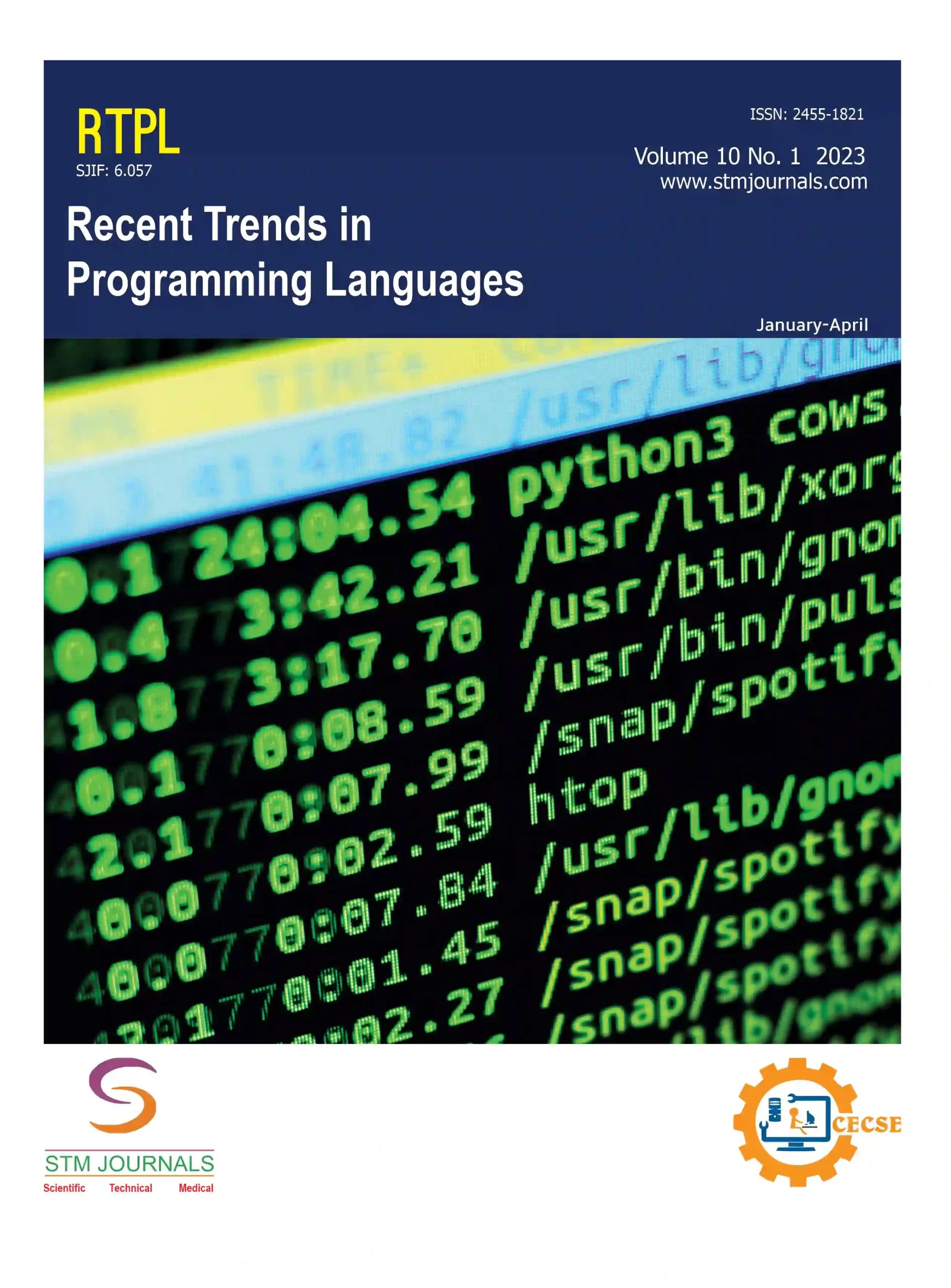Ashutosh Naryan,
Rohan Sharma,
Arun Kumar Rai,
- Student, Department of Computer Science (Artificial Intelligence and Machine Learning), Greater Noida Institute of Technology Group of Institutions, Knowledge Park 2, Greater Noida, Uttar Pradesh, India
- Student, Department of Computer Science (Artificial Intelligence and Machine Learning), Greater Noida Institute of Technology Group of Institutions, Knowledge Park 2, Greater Noida, Uttar Pradesh, India
- Assistant Professor, Department of Computer Science (Artificial Intelligence and Machine Learning), Greater Noida Institute of Technology Group of Institutions, Knowledge Park 2, Greater Noida, Uttar Pradesh, India
Abstract
Large Language Models (LLMs) have shown excellent text creation quality in Natural Language Processing (NLP). However, LLMs have to satisfy ever-more-complex standards in real-world applications. LLMs are supposed to meet specific user goals, like as mimicking specific writing styles or producing material with poetic richness, in addition to eliminating inaccurate or objectionable content. Controllable Text Generation (CTG) techniques were developed in response to these diverse demands. They guarantee that outputs meet predetermined control conditions, including safety, sentiment, thematic consistency, and linguistic style, while upholding high standards of helpfulness, fluency, and diversity. The aim of this study is to improve the accuracy and flexibility of natural language generation (NLG) models by investigating new methods for managing tone, content, and style, among other elements of text production. Although language models like GPT have made great progress in producing prose that is both fluent and coherent, it is still difficult to regulate some aspects like tone (formal vs. casual) and content (creativity vs. factual accuracy). Using both supervised and reinforcement learning methods, we provide a system that integrates adaptable control mechanisms at several points during the text production process. The framework’s fine-grained control over the generated text’s tone, voice, and subject matter guarantees that the final product satisfies predetermined objectives. To direct the generating process, our method combines adversarial training, context-aware embeddings, and user feedback loops. Through a series of experiments on various datasets, we assess the efficacy of the suggested methodologies and show that the framework can generate text that satisfies certain tone and content requirements while retaining high linguistic quality. With applications ranging from content creation and tailored communication systems to customer service automation, this study advances the area of natural language generation by offering useful tools for personalizing generated text.
Keywords: Text generation, natural language generation, content modification, supervised learning, reinforcement learning, text creation, tone control, embeddings, user feedback, personalization
[This article belongs to Recent Trends in Programming languages ]
Ashutosh Naryan, Rohan Sharma, Arun Kumar Rai. Developing Techniques for Controlling Different Aspects of Text Generation Such as Tone and Contents. Recent Trends in Programming languages. 2025; 12(02):34-39.
Ashutosh Naryan, Rohan Sharma, Arun Kumar Rai. Developing Techniques for Controlling Different Aspects of Text Generation Such as Tone and Contents. Recent Trends in Programming languages. 2025; 12(02):34-39. Available from: https://journals.stmjournals.com/rtpl/article=2025/view=217734
References
- Vaswani A, Shazeer N, Parmar N, Uszkoreit J, Jones L, Gomez AN, Kaiser Ł, Polosukhin I. Attention is all you need. Advances in Neural Information Processing Systems. 2017; 30: 1–11.
- Ranzato MA, Chopra S, Auli M, Zaremba W. Sequence level training with recurrent neural networks. arXiv preprint arXiv:1511.06732. 2015 Nov 20:1-16.
- Keskar NS, McCann B, Varshney LR, Xiong C, Socher R. Ctrl: A conditional transformer language model for controllable generation. arXiv preprint arXiv:1909.05858. 2019 Sep 11:1-18.
- Liu Y, Su Y, Shareghi E, Collier N. Plug-and-Play Recipe Generation with Content Planning. arXiv preprint arXiv:2212.05093. 2022 Dec 9.223–234.
- Liu Y, Liu X, Zhu X, Hu W. Multi-aspect controllable text generation with disentangled counterfactual augmentation. arXiv preprint arXiv:2405.19958. 2024 May 30.
- Xun Liang, Hanyu Wang, Yezhaohui Wang, Shichao Song, Jiawei Yang, Simin Niu, Jie Hu, Dan Liu, Shunyu Yao, Feiyu Xiong, Zhiyu Li. Controllable Text Generation for Large Language Models: A Survey. arXiv:2408.12599 [cs.CL]. 2024 Aug 22.
- Yu D, Yu Z, Sagae K. Attribute alignment: Controlling text generation from pre-trained language models. arXiv preprint arXiv:2103.11070. 2021 Mar 20.
- Jiang Q, Chen L, Xu R, Ao X, Yang M. A challenge dataset and effective models for aspect-based sentiment analysis. In Proceedings of the 2019 conference on empirical methods in natural language processing and the 9th international joint conference on natural language processing (EMNLP-IJCNLP). 2019 Nov; 6280–6285.
- Abdali S, Anarfi R, Barberan CJ, He J. Decoding the ai pen: Techniques and challenges in detecting ai-generated text. In Proceedings of the 30th ACM SIGKDD Conference on Knowledge Discovery and Data Mining. 2024 Aug 25; 6428–6436.
- Shen C, Cheng L, Zhou R, Bing L, You Y, Si L. Mred: A meta-review dataset for structure-controllable text generation. arXiv preprint arXiv:2110.07474. 2021 Oct 14.
- Shin T, Razeghi Y, Logan IV RL, Wallace E, Singh S. Autoprompt: Eliciting knowledge from language models with automatically generated prompts. arXiv preprint arXiv:2010.15980. 2020 Oct 29.

Recent Trends in Programming languages
| Volume | 12 |
| Issue | 02 |
| Received | 21/04/2025 |
| Accepted | 02/05/2025 |
| Published | 13/06/2025 |
| Publication Time | 53 Days |
PlumX Metrics
